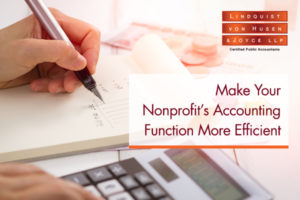Proactive Advising Helps Nonprofit Developer Fulfill Their Community Mission
When Chinatown Community Development Center (CCDC) began working with Lindquist, von Husen & Joyce, LLP (LvHJ) 3 years ago, it wasn’t because they made the choice, but rather because the firm they were with retired their services and selected LvHJ to take over their clients. It’s a fortuitous situation that Karen Gansen, CFO at CCDC,














